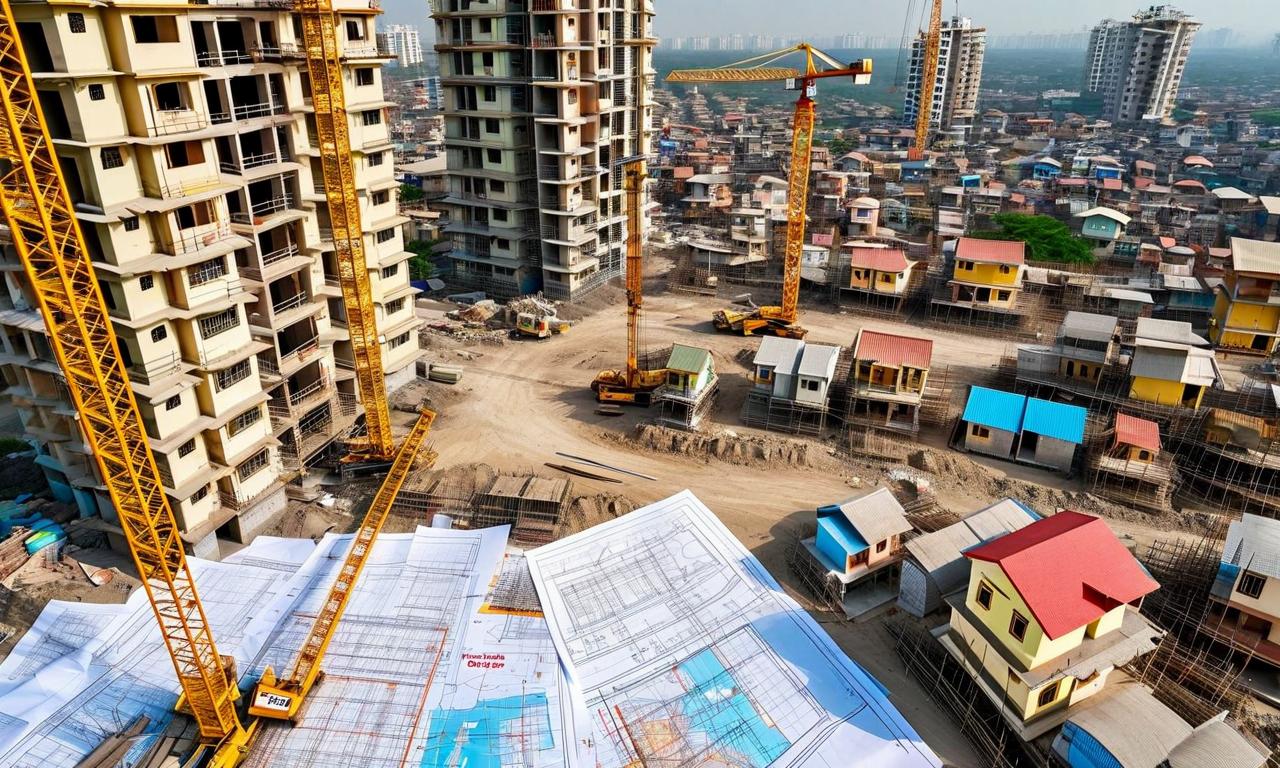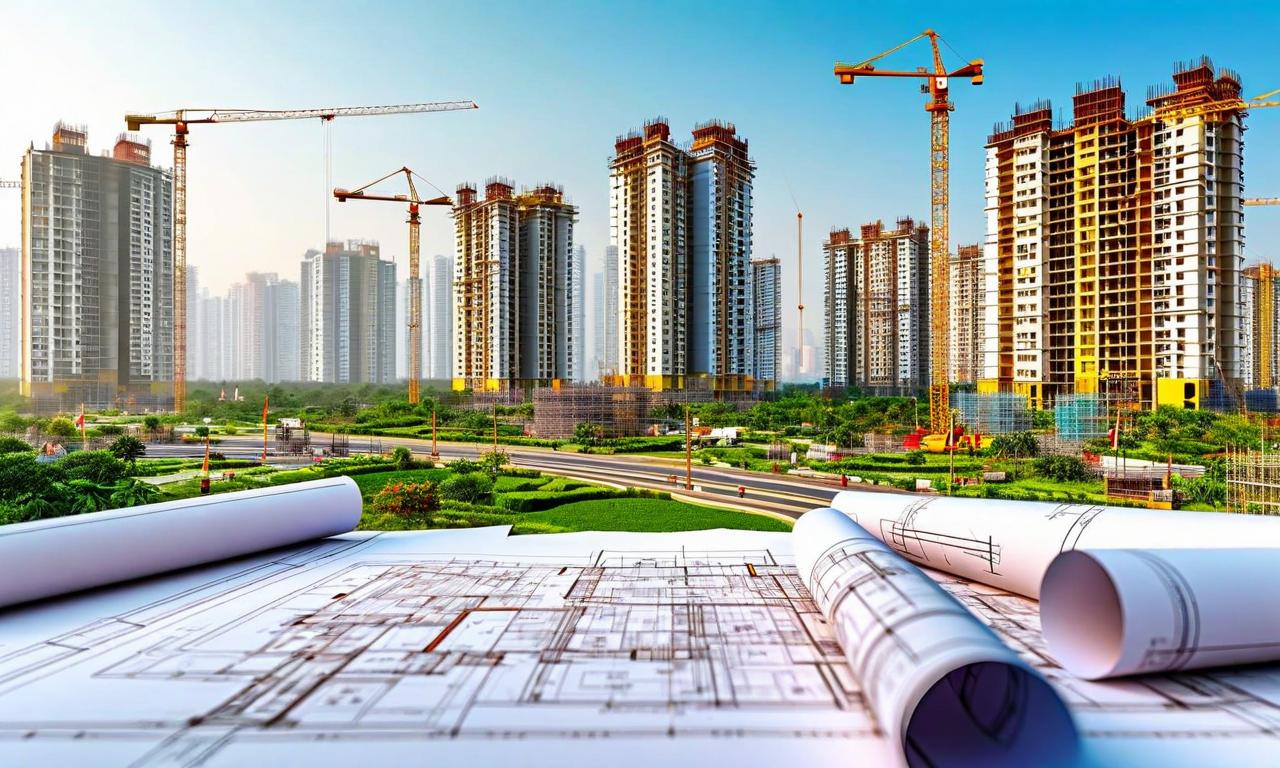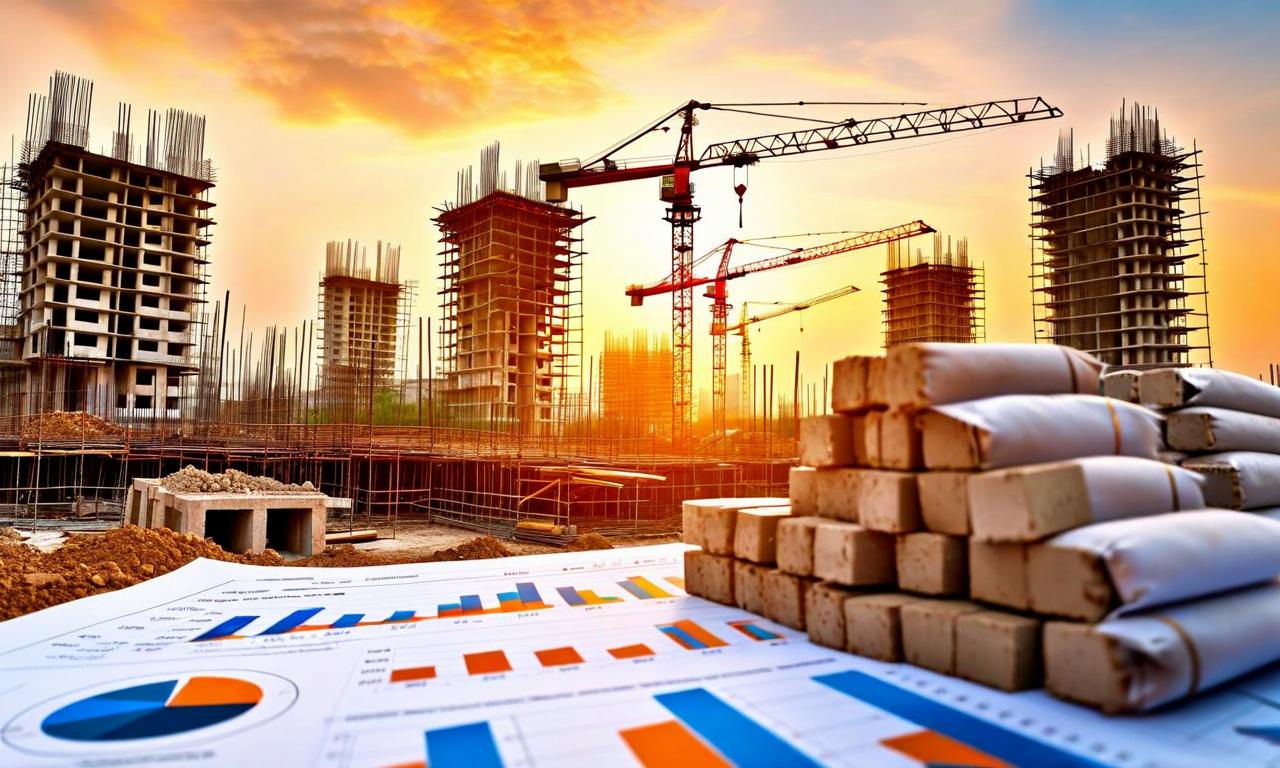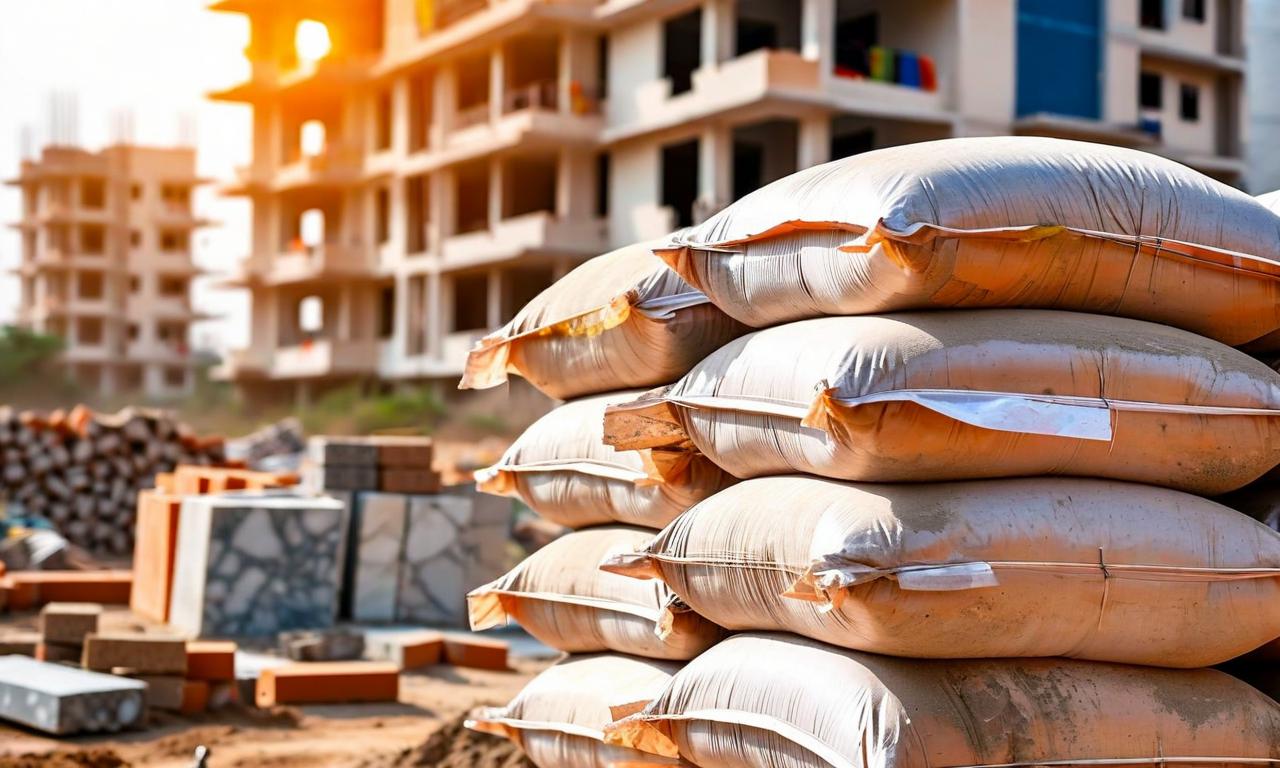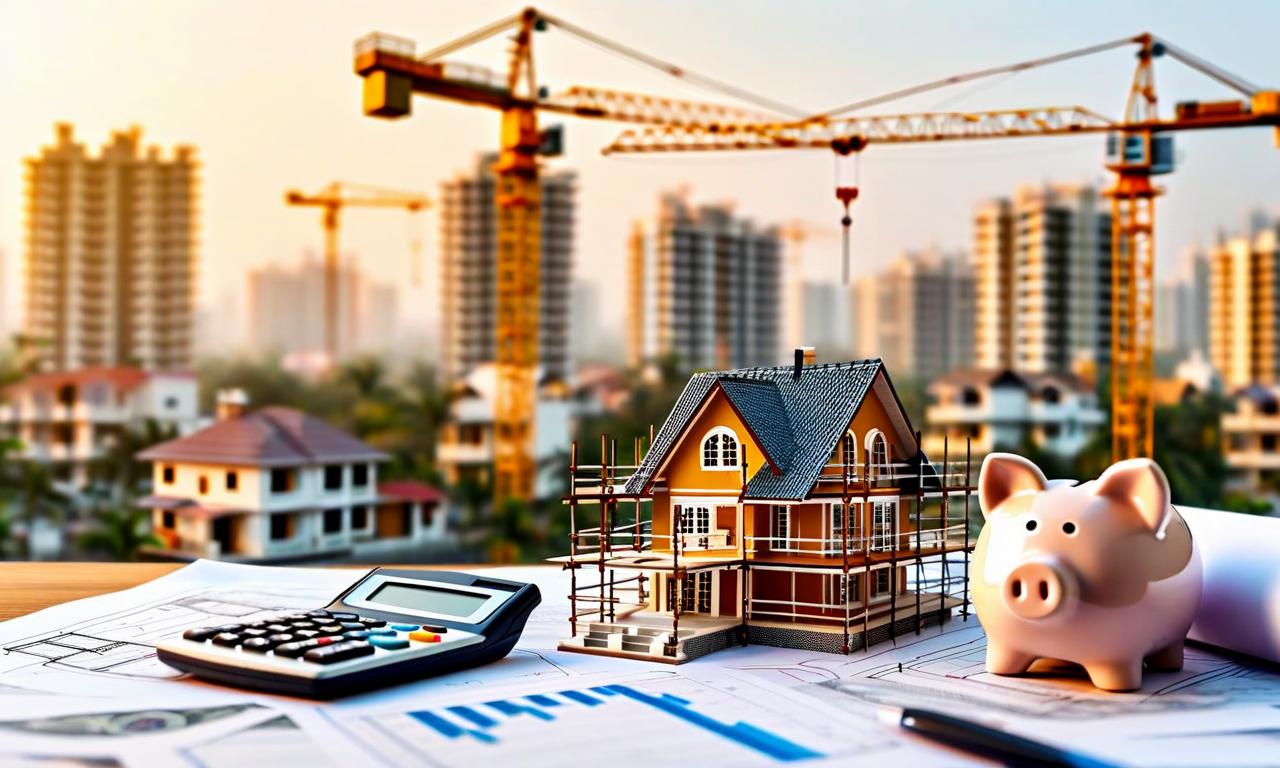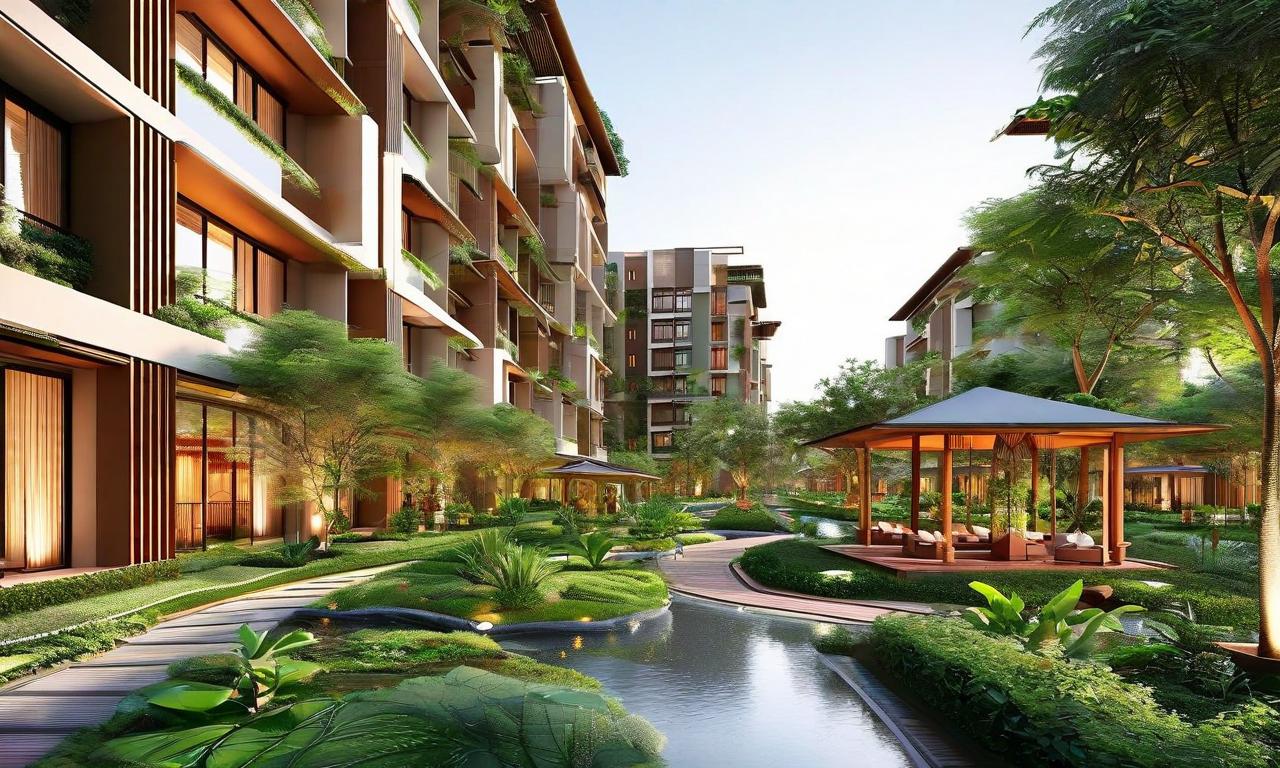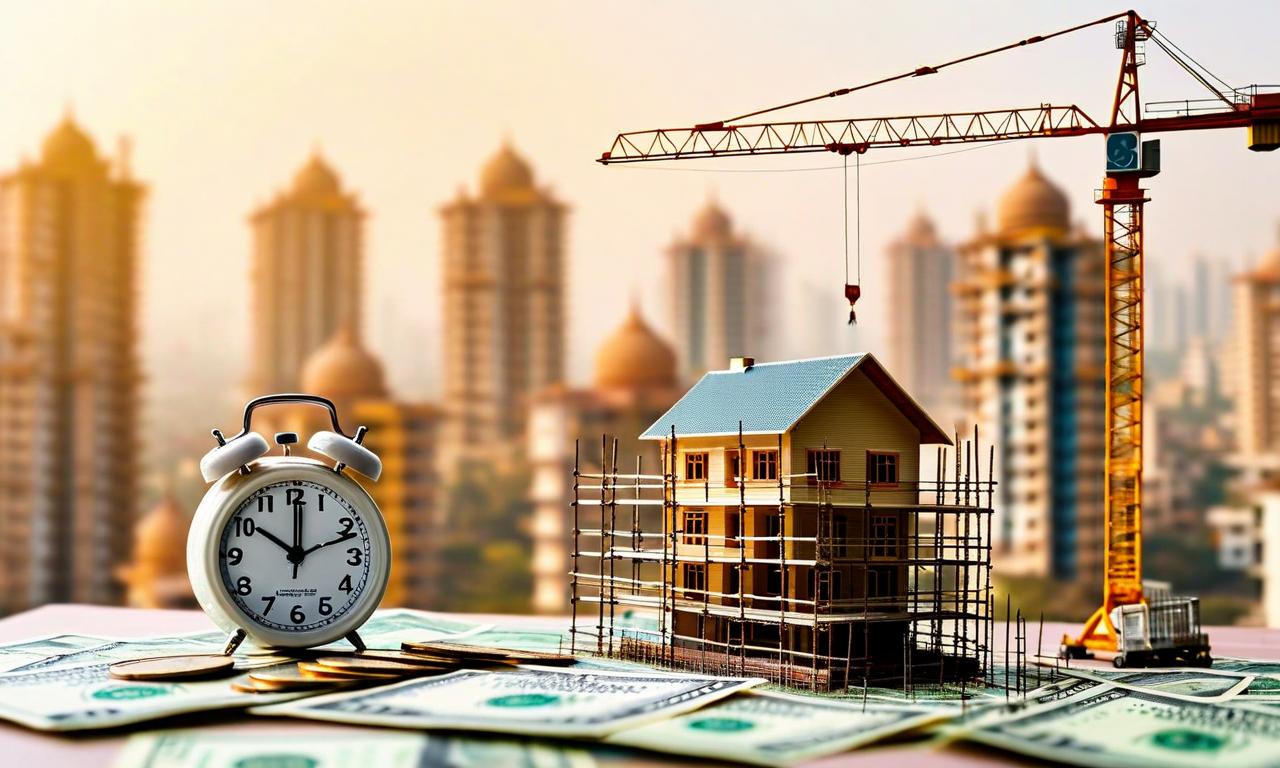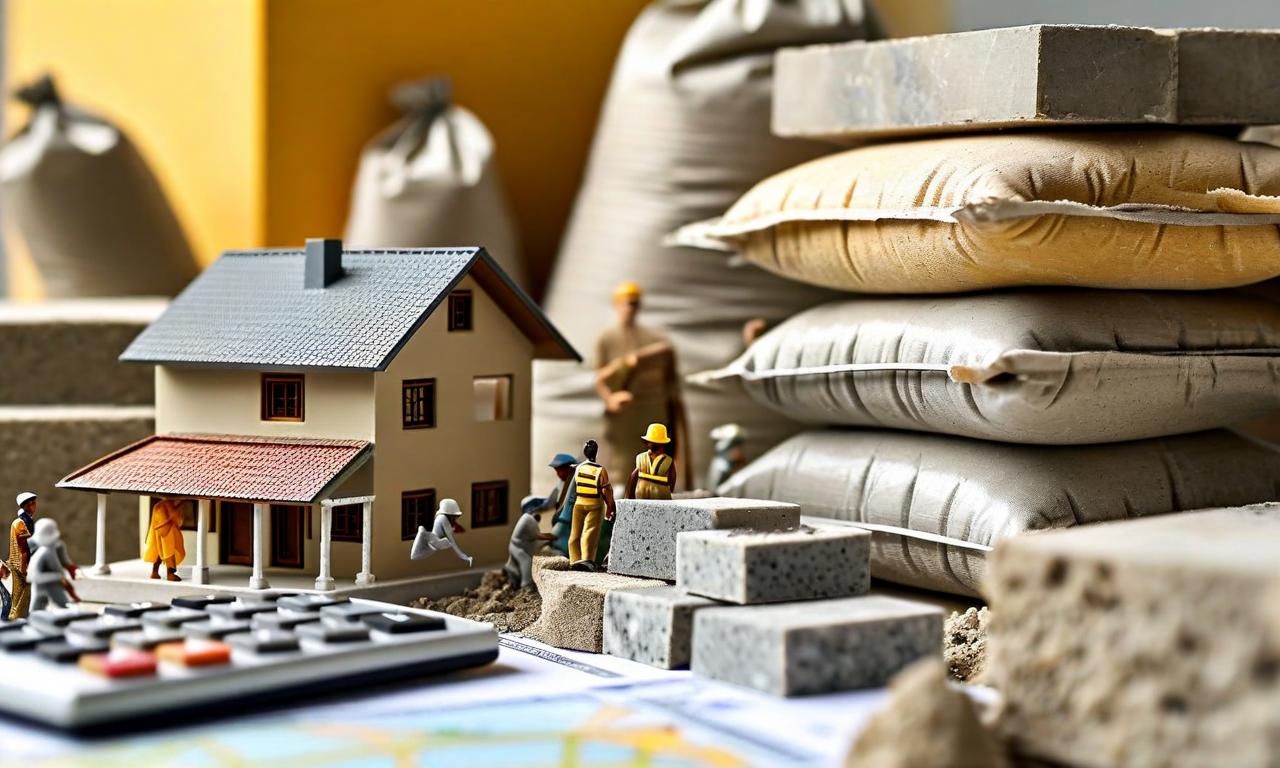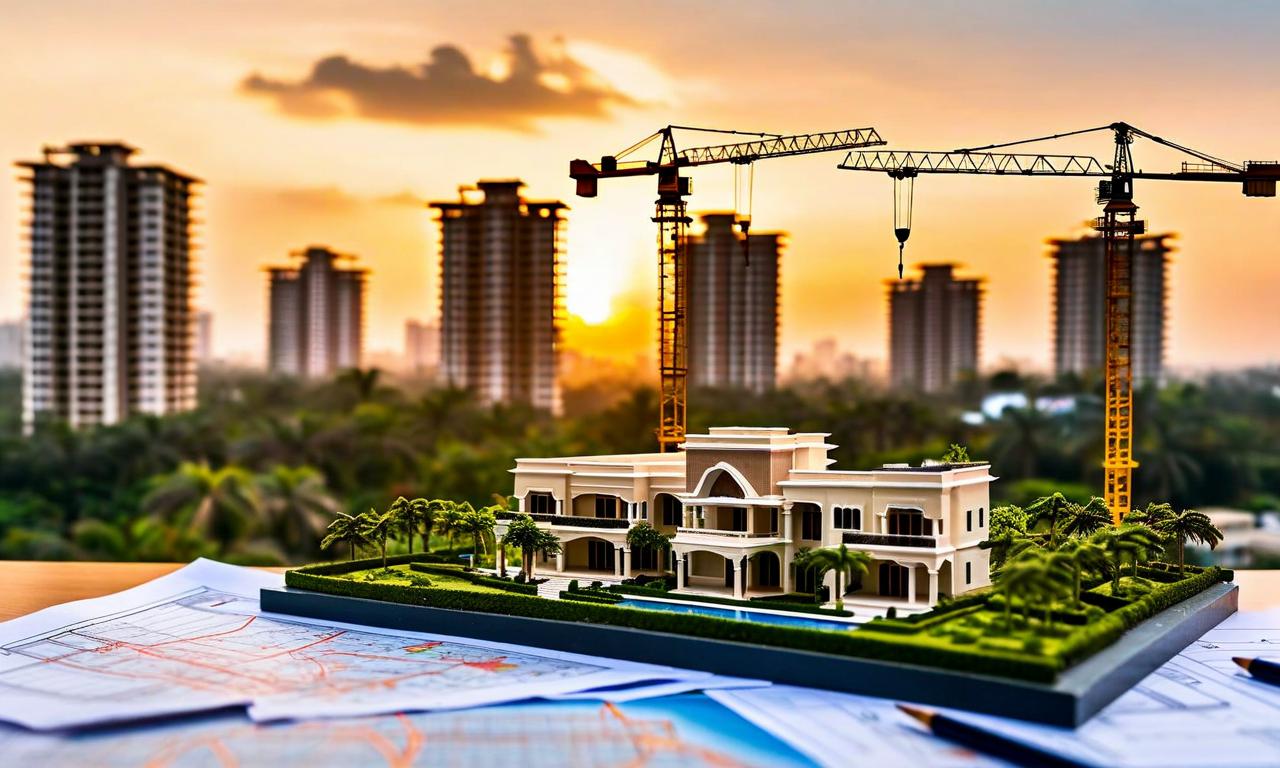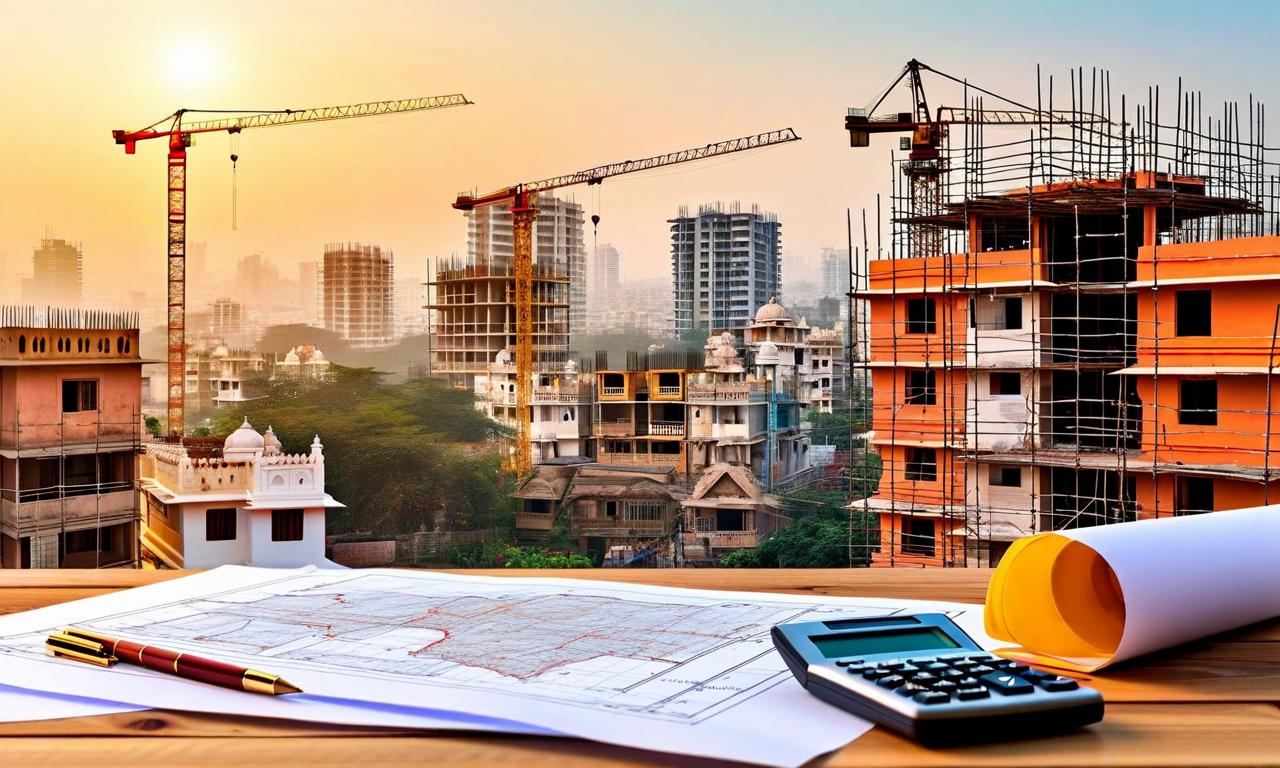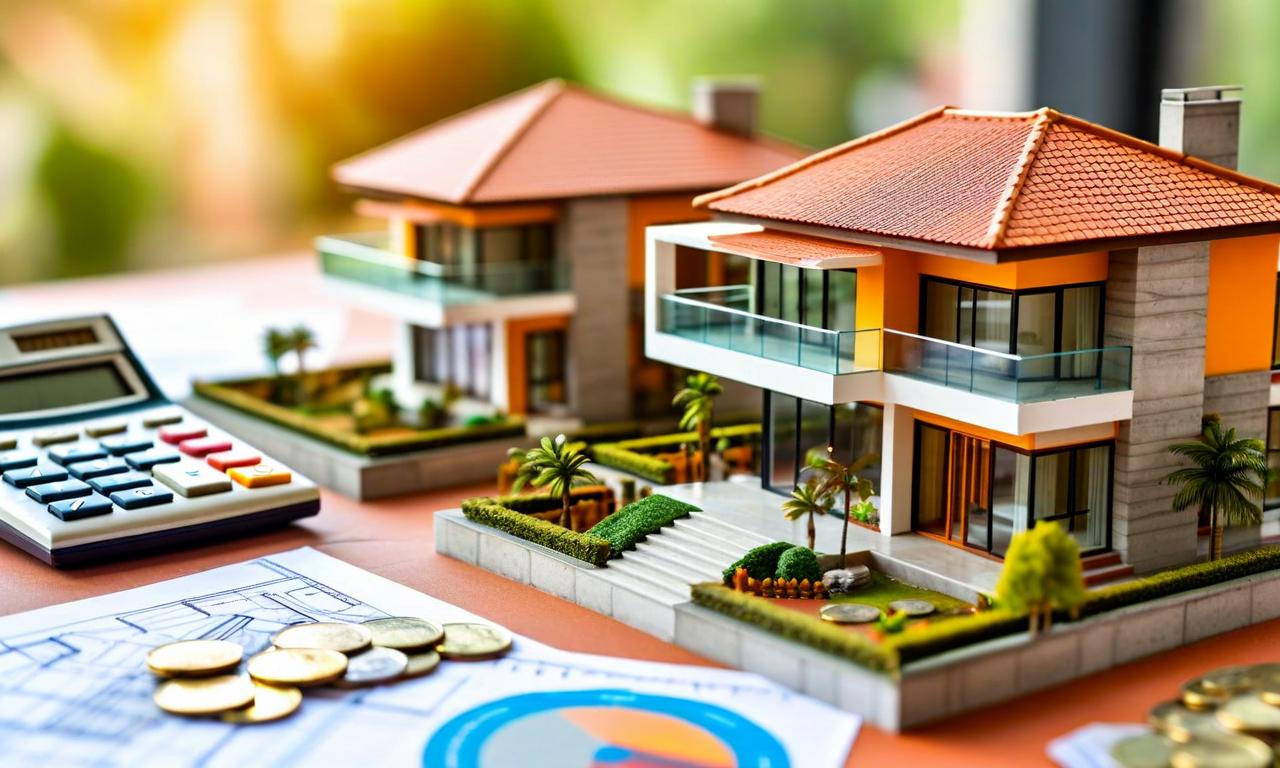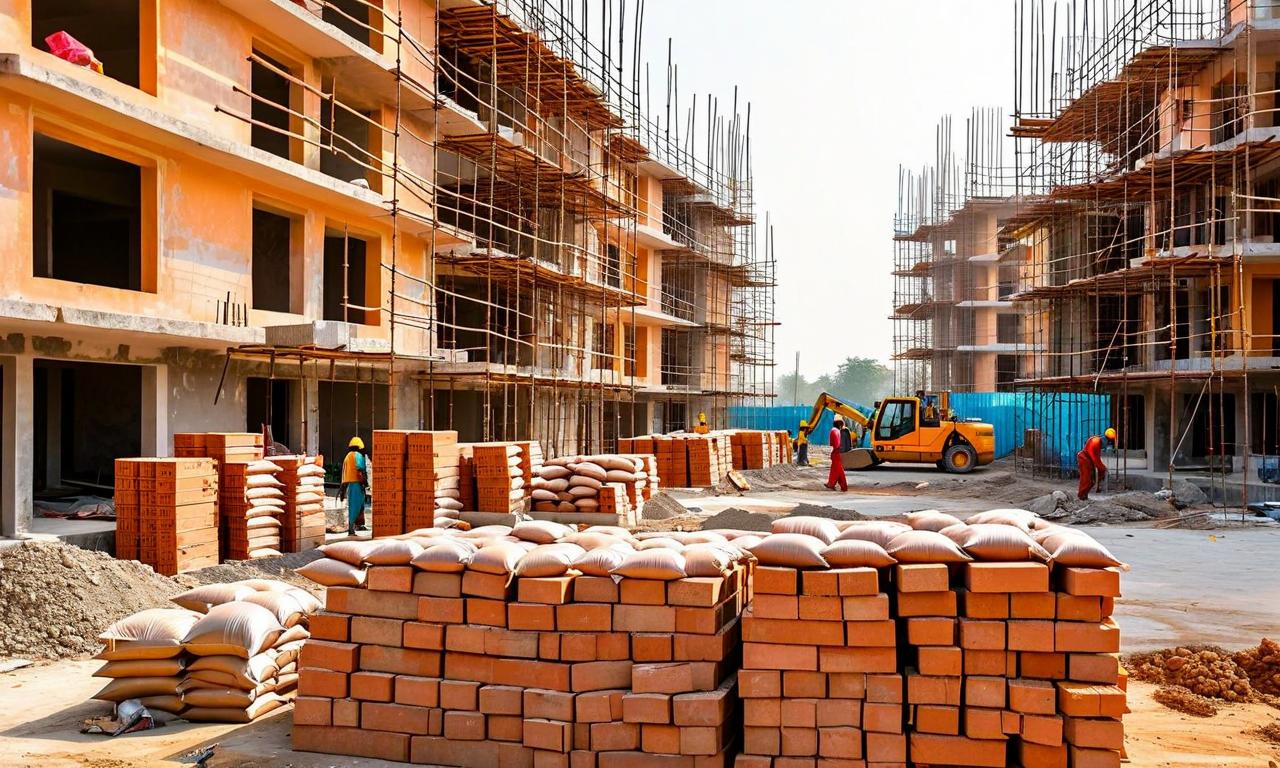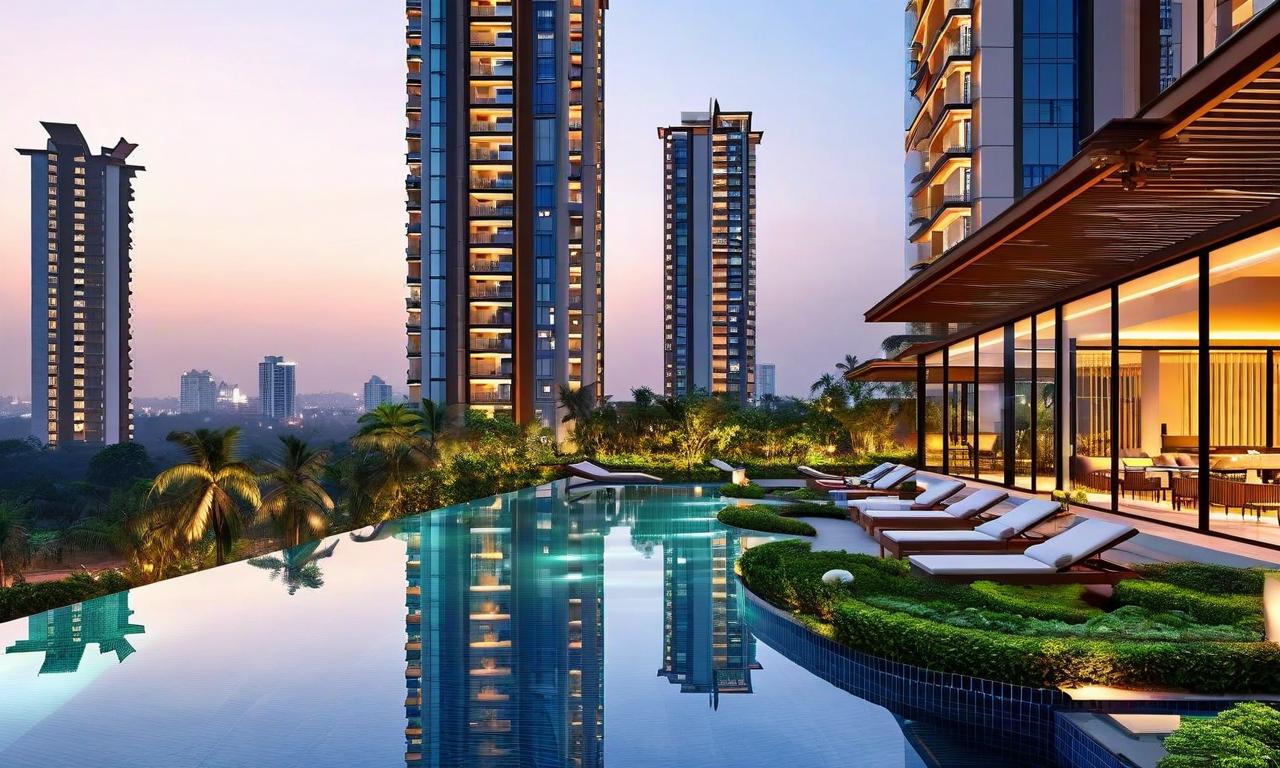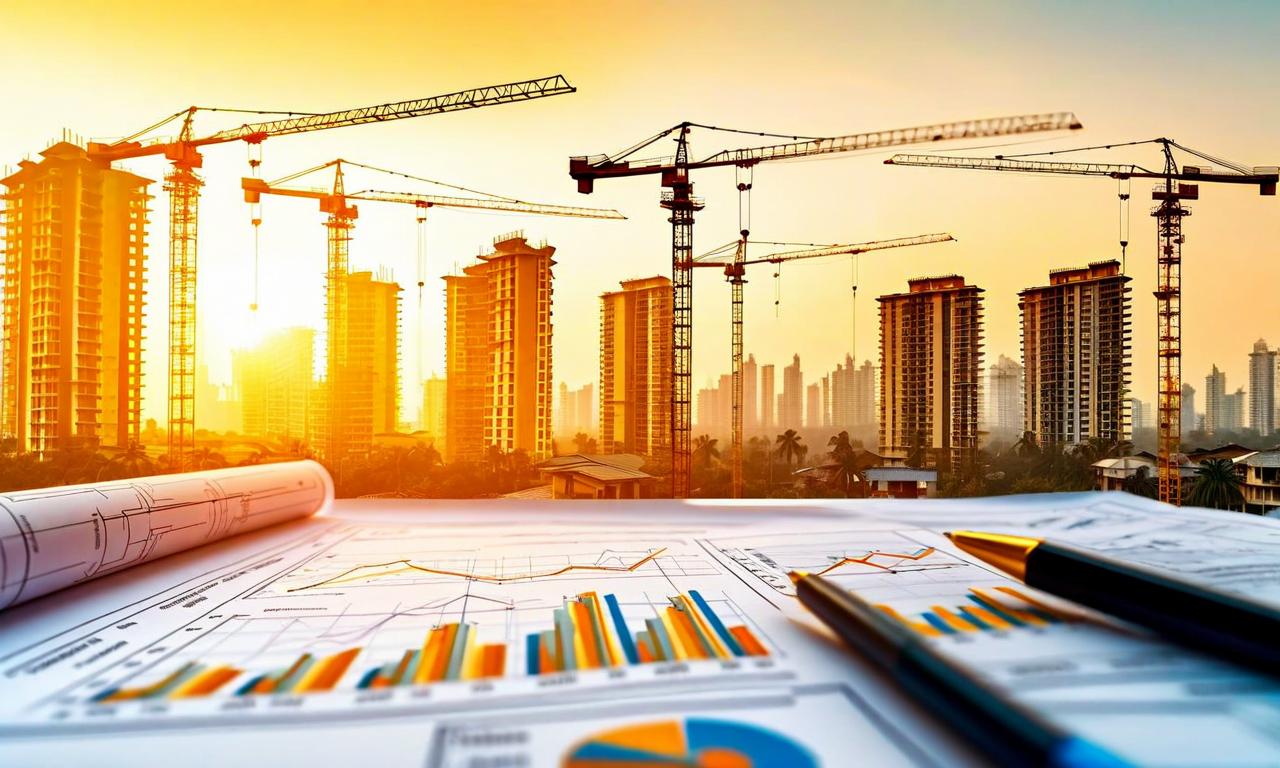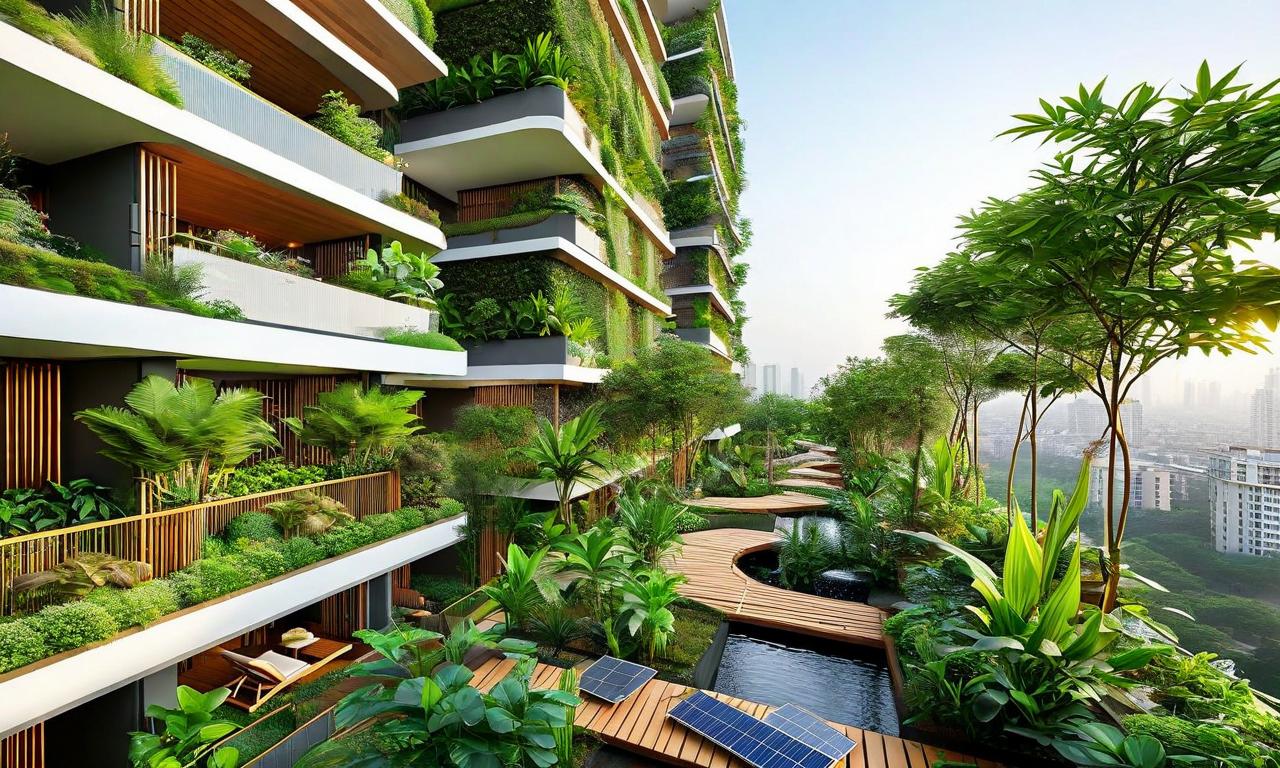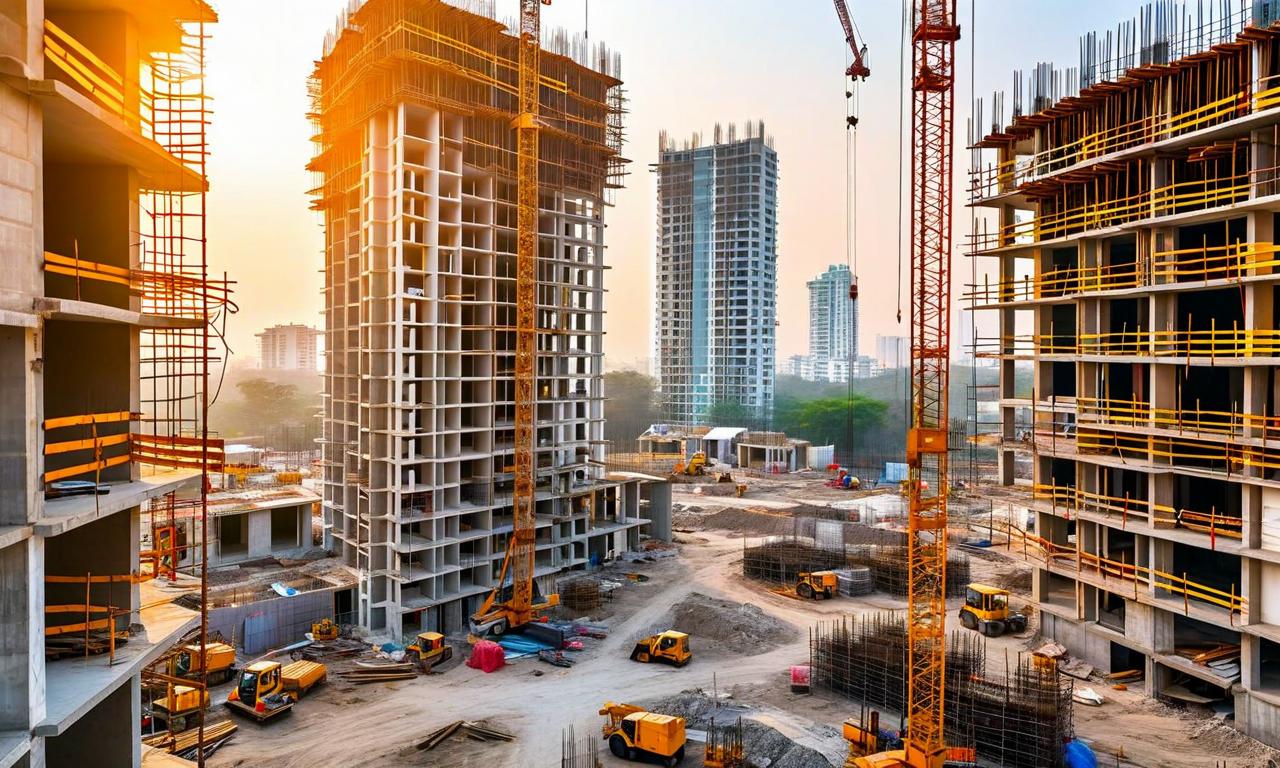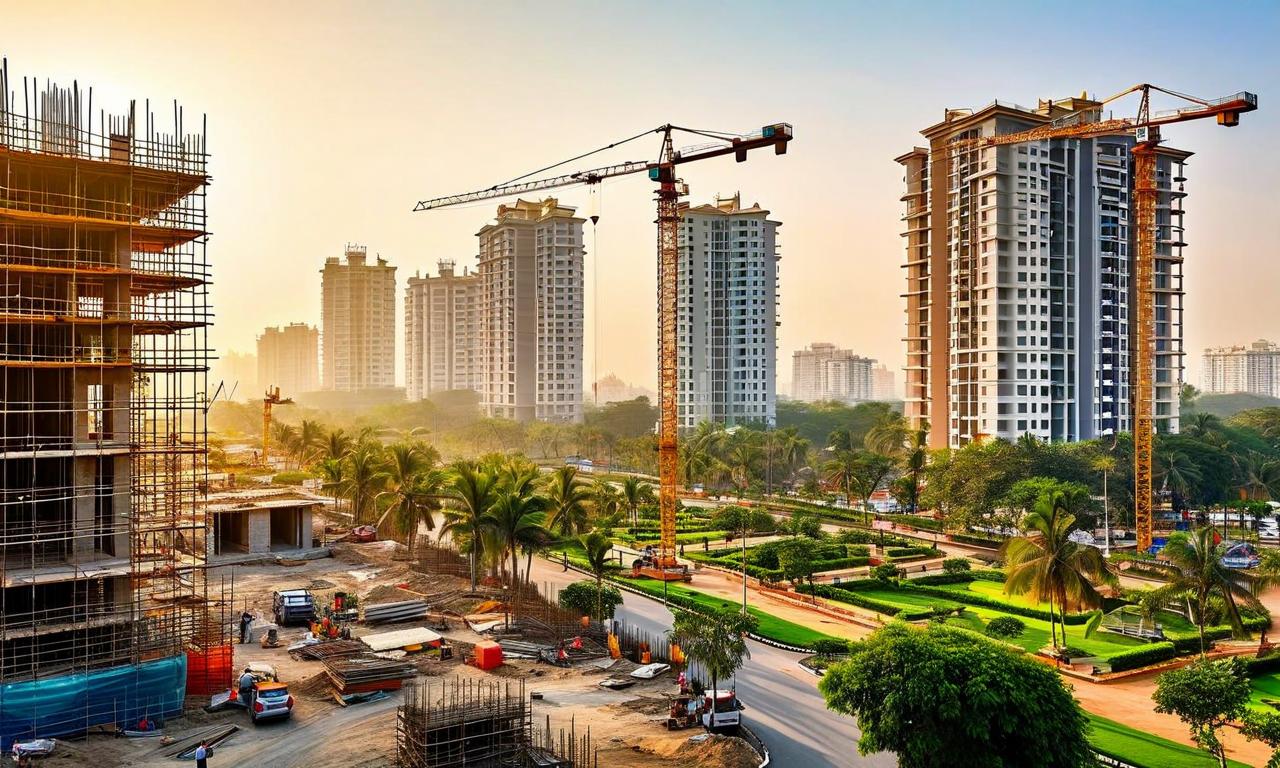Tier II Cities Drive Rs 2.44 Lakh Crore Residential Plot Market
Tier II cities in India are driving residential plot development, contributing 52% of 4.7 lakh plots valued at Rs 2.44 lakh crore. Average prices increased by 27% to Rs 3,679 per square foot. Sonipat and Rohtak are leading growth centers, with infrastructure projects like KMP Expressway boosting demand. Millennials and NRIs show strong interest, while major developers are focusing on these areas. The market outlook is positive, with projected land appreciation of 40-60% over five years. Panipat, Karnal, and Panchkula are emerging as new hotspots for plot investments.
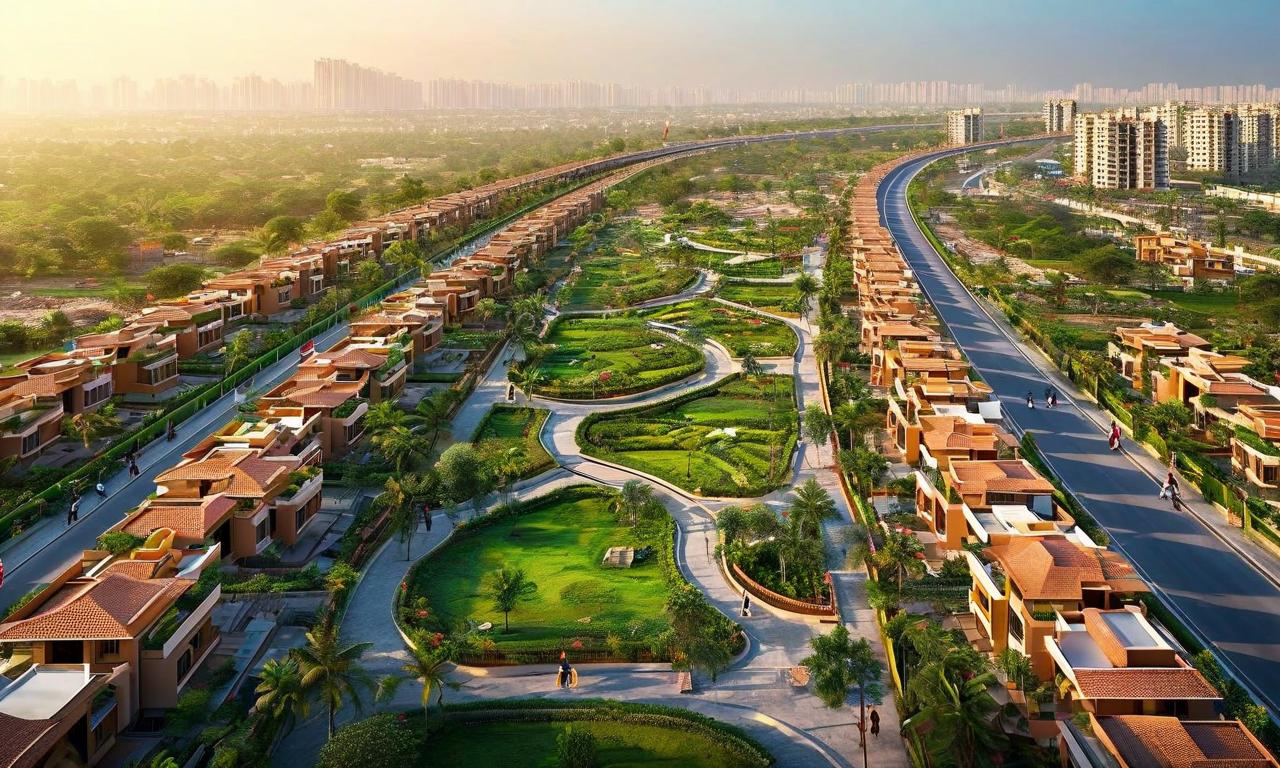
*this image is generated using AI for illustrative purposes only.
In a significant shift in India's real estate landscape, Tier II cities have emerged as the powerhouse of residential plot development, according to a recent report by Prop Equity. The study reveals that these cities contributed a substantial 52% of the 4.7 lakh residential plots created, valued at an impressive Rs 2.44 lakh crore.
Market Dynamics and Price Trends
The report highlights a notable increase in property values, with weighted average prices surging by 27% to reach Rs 3,679 per square foot. This upward trend continued, with 45,591 new plots created in a subsequent period, underscoring the sector's robust growth.
Leading Growth Centers
Sonipat and Rohtak have taken center stage in this growth story, attracting both homeowners and investors. These cities are increasingly seen as attractive alternatives to densely populated metro areas, offering the appeal of low-density living.
Infrastructure Boost
The surge in demand for residential plots in Tier II cities is not coincidental. Major infrastructure projects are playing a pivotal role in driving this trend. Notable among these are:
- KMP Expressway
- Namo Bharat project
These developments have significantly enhanced connectivity and accessibility, making Tier II cities more attractive to potential buyers.
Buyer Demographics
The report indicates a growing interest among two key demographic groups:
- Millennials
- Non-Resident Indians (NRIs)
Both segments are showing a strong inclination towards investing in these emerging urban centers.
Developer Activity
Recognizing the potential of Tier II cities, major real estate developers are making significant inroads. Companies at the forefront of this trend include:
- DLF
- M3M
- Godrej
- Omaxe
- Prestige
These developers are focusing on creating integrated townships and gated communities, catering to the evolving preferences of modern homebuyers.
Future Projections
The outlook for the residential plot market in Tier II cities remains highly positive. Prop Equity's report projects a substantial land appreciation of 40-60% over the next five years. This forecast underscores the long-term investment potential of these areas.
Emerging Hotspots
While Sonipat and Rohtak lead the pack, other Tier II cities are not far behind. The report identifies increased plot development activity in:
- Panipat
- Karnal
- Panchkula
These cities are poised to become the next focal points for residential plot investments.
Market Overview
To provide a clearer picture of the market dynamics, here's a summary of the key figures:
| Metric | Value |
|---|---|
| Total Residential Plots Created | 4.7 lakh |
| Total Market Value | Rs 2.44 lakh crore |
| Tier II Cities' Contribution | 52% |
| Average Price per sq ft | Rs 3,679 |
| Price Increase | 27% |
| New Plots Created | 45,591 |
| Projected Land Appreciation (Next 5 years) | 40-60% |
This data underscores the significant role Tier II cities are playing in shaping India's residential real estate market, offering promising opportunities for both homeowners and investors alike.
